Verona and Florence are two of Italy’s most beloved cities, each with unique charm and appeal. Choosing between these iconic destinations can be a delightful challenge for travelers planning an Italian getaway. Both cities offer rich history, stunning architecture, and vibrant cultural scenes, but their distinct personalities set them apart.
Florence is ideal for art lovers and Renaissance enthusiasts, while Verona captivates with its romantic atmosphere and ancient Roman ruins. Florence boasts world-famous museums and galleries showcasing masterpieces by Michelangelo and Botticelli. Conversely, Verona enchants visitors with its well-preserved amphitheater and the legendary balcony of Shakespeare’s Juliet.
Size and pace also differ between these two gems. Florence is larger and busier, with more tourist attractions and a livelier nightlife. Verona offers a more relaxed vibe, perfect for strolls through picturesque streets and enjoying local cuisine in charming piazzas.
Key Takeaways
- Florence excels in Renaissance art and architecture, while Verona shines with Roman history and romantic ambiance.
- Florence is larger and bustling, and Verona offers a quieter, more intimate experience.
- Both cities boast unique attractions, delicious cuisine, and unforgettable Italian charm..
Historical Overview
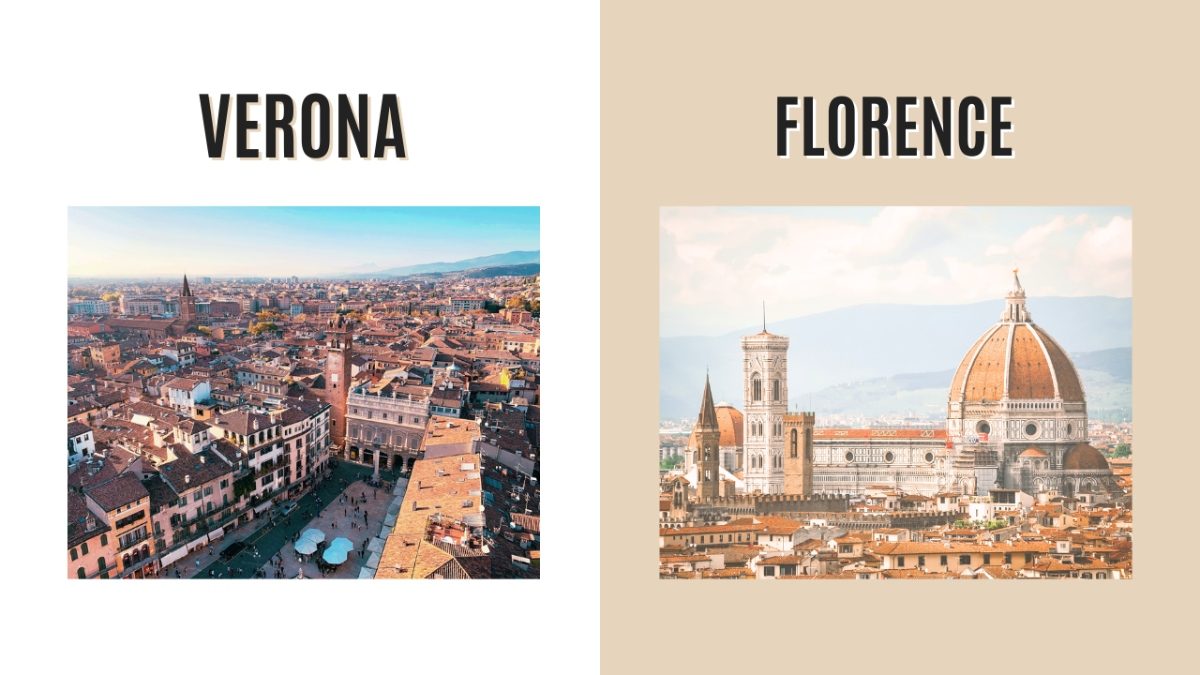
Verona and Florence boast incredible historical legacies that have shaped Italy’s cultural landscape. These cities transport visitors back in time, offering glimpses into ancient Roman civilization and the artistic flowering of the Renaissance.
Renaissance Influence
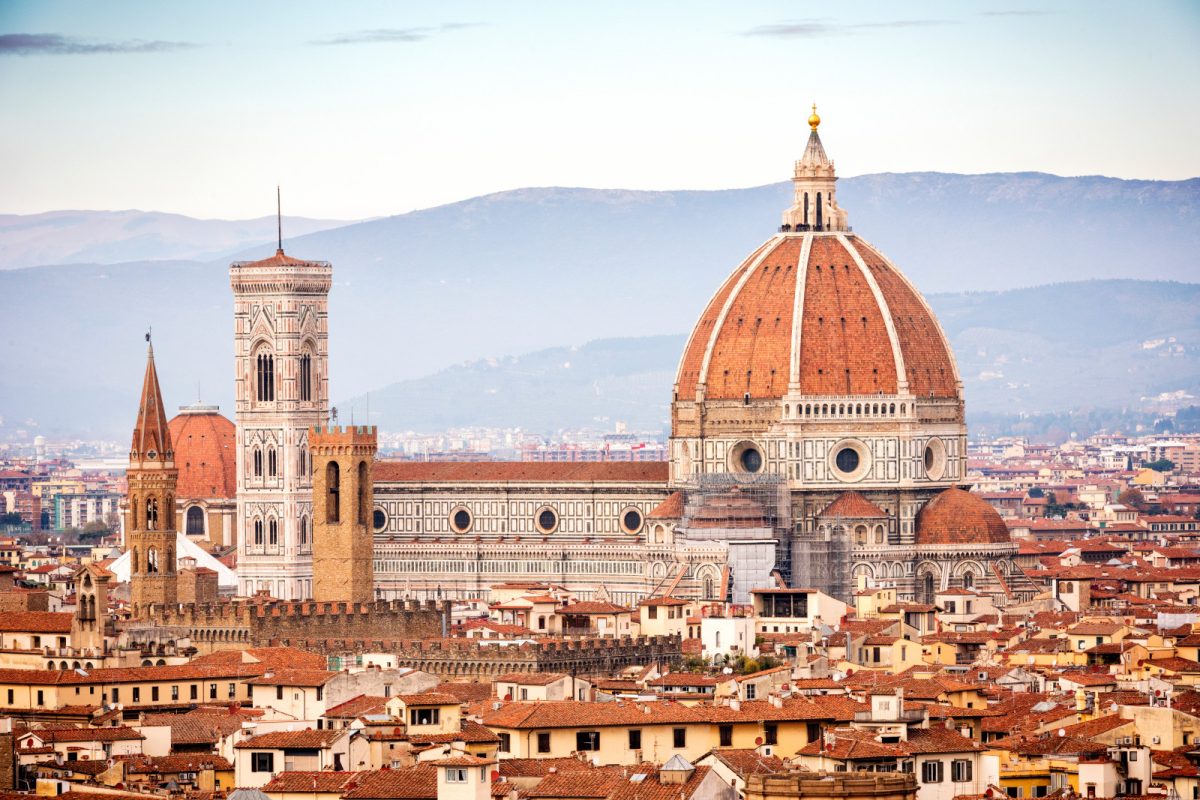
Florence is the cradle of the Renaissance, its streets and museums bursting with masterpieces. The Medici family patronized artists like Michelangelo and Leonardo da Vinci, whose works still grace the city’s galleries. The iconic Duomo cathedral dominates the skyline, a testament to Renaissance engineering and artistry.
Verona’s Renaissance heritage is more subtle but equally captivating. Palaces and churches from this era dot the cityscape, showcasing the wealth and culture of 15th—and 16th-century Verona. The Loggia del Consiglio, with its marble columns and intricate facade, exemplifies the city’s Renaissance architectural splendor.
UNESCO World Heritage Sites
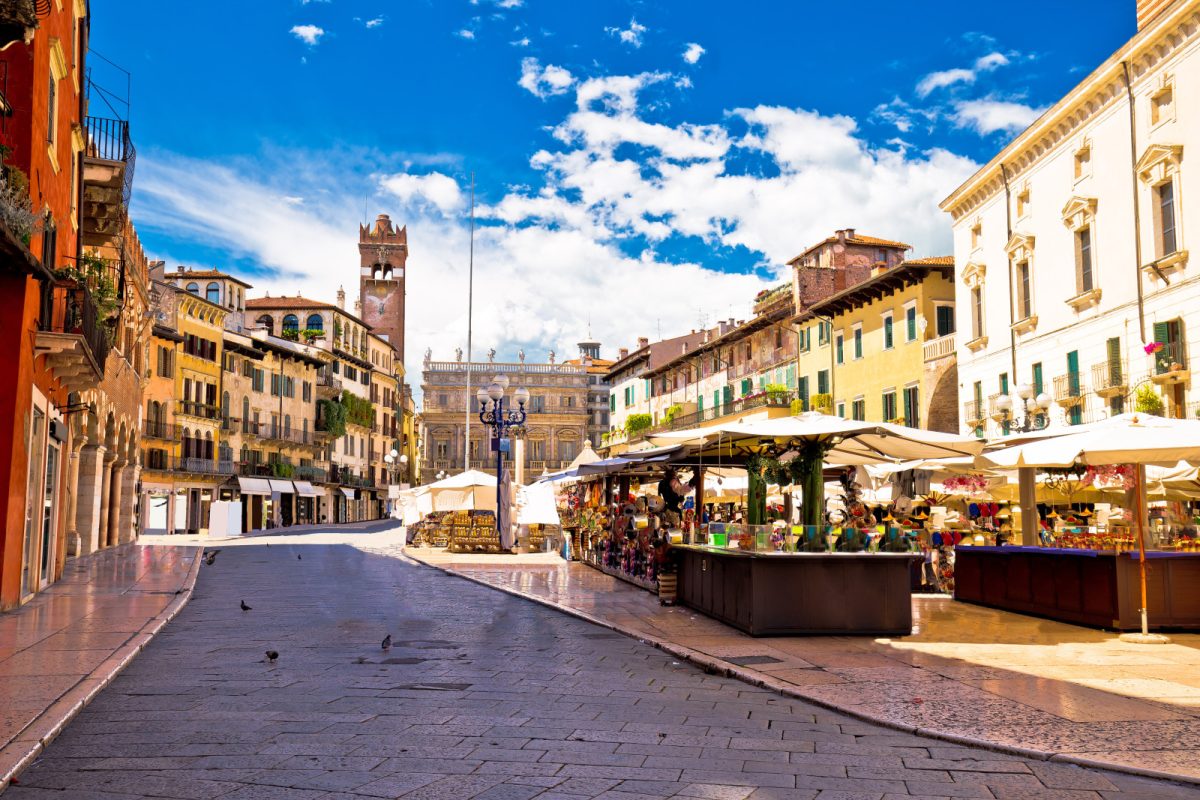
Both cities have earned UNESCO World Heritage status, recognizing their outstanding universal value. Florence’s historic center, inscribed in 1982, encompasses medieval and Renaissance marvels. The Uffizi Gallery, Ponte Vecchio, and Palazzo Pitti are just a few highlights of this open-air museum.
Verona received its UNESCO designation in 2000. The city’s well-preserved architecture spans two millennia, from Roman amphitheaters to medieval churches and Renaissance palaces. Piazza delle Erbe, once a Roman forum, remains the heart of city life, surrounded by frescoed buildings and bustling cafes.
Roman Roots and Ruins
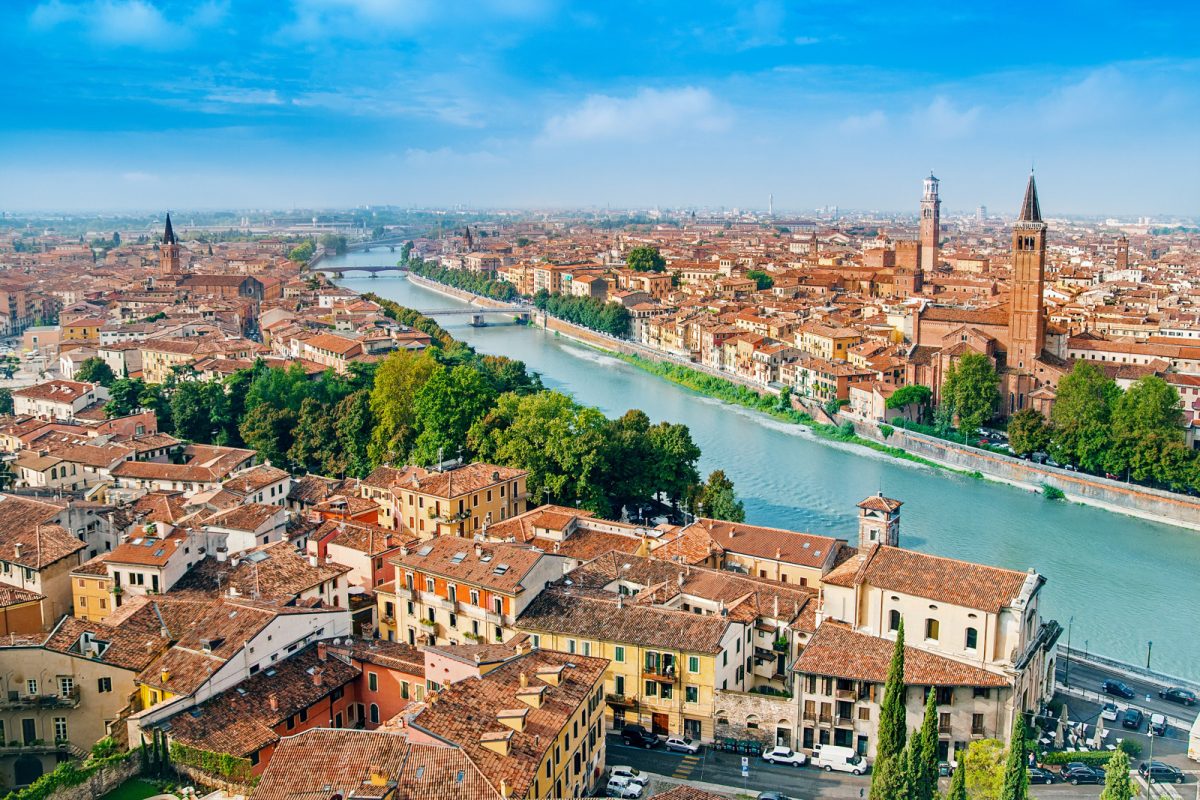
Verona’s Roman past is impossible to miss. The Arena, a 1st-century amphitheater, still hosts operas and concerts.
Visitors can walk across the Ponte Pietra, a Roman bridge partly destroyed in World War II but beautifully reconstructed. The Porta Borsari, an ancient city gate, marks the entrance to the historic center.
Florence’s Roman origins are less visible but no less significant. The city was founded as a Roman military colony in 59 BC.
Today, remnants of the Roman grid layout can be seen in the historic center’s street pattern. Excavations near the Duomo have uncovered Roman houses and a theater, offering a peek into Florence’s ancient foundations.
Cultural Exploration
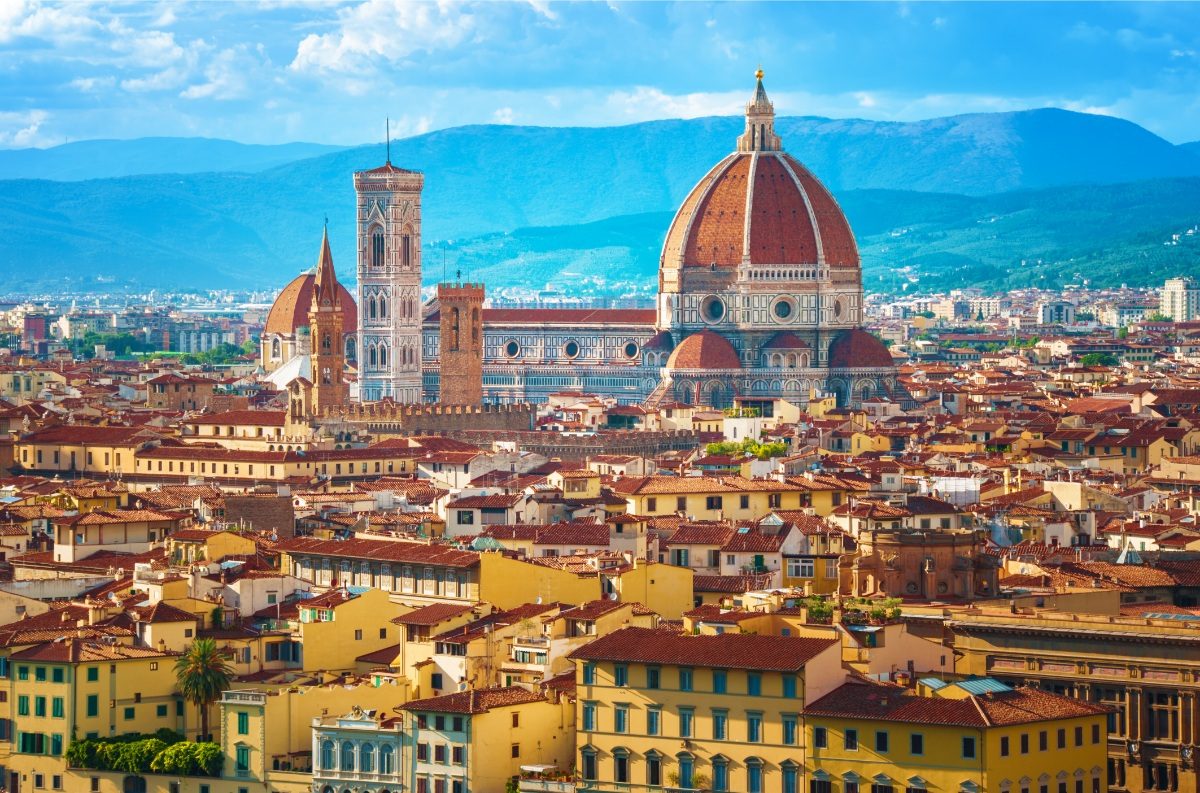
Florence and Verona offer rich cultural experiences that go beyond their famous landmarks. Both cities immerse visitors in art, literature, and culinary traditions that reflect Italy’s vibrant heritage.
The Arts and Museums
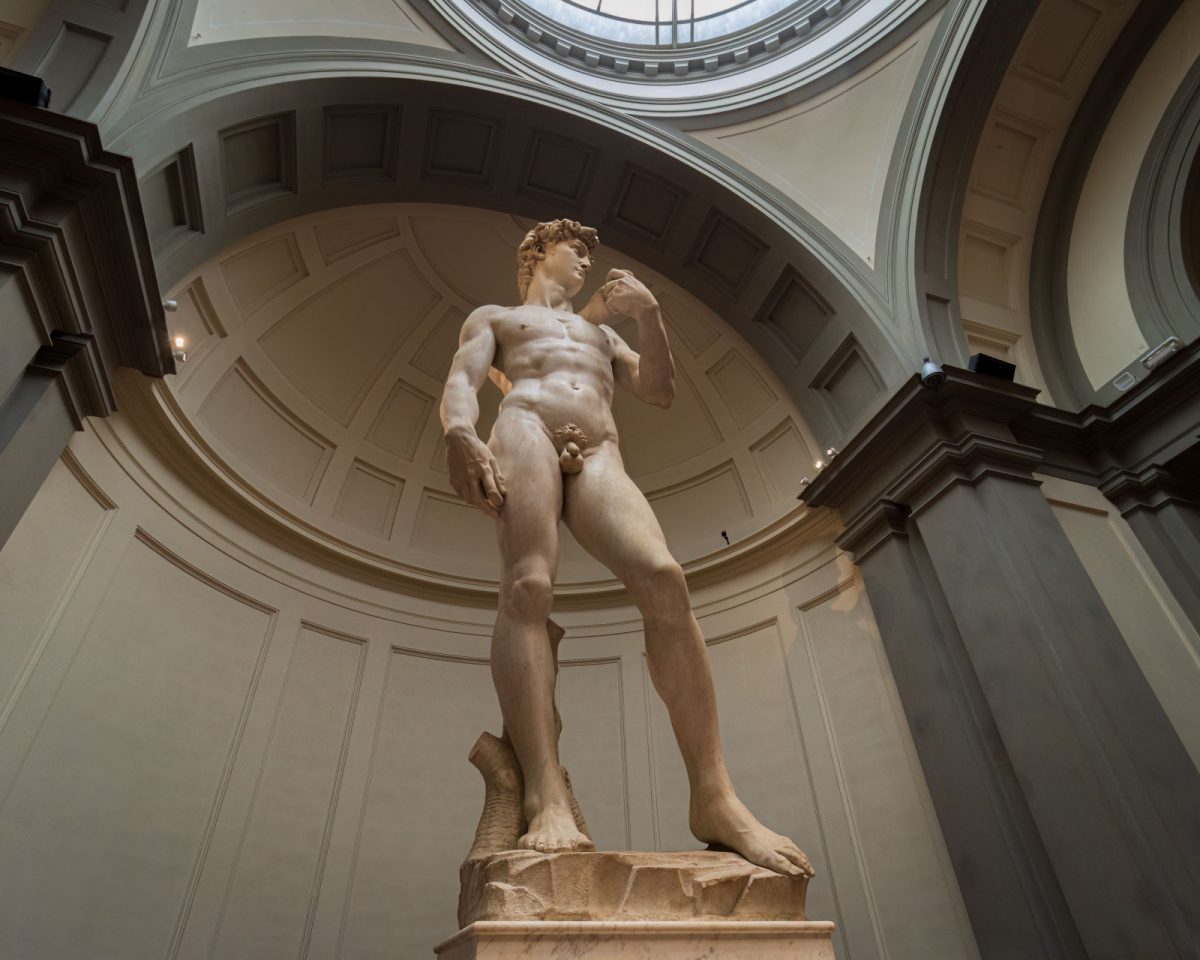
Florence’s art scene is unparalleled. The Uffizi Gallery houses masterpieces by Botticelli, da Vinci, and Michelangelo.
It’s a must-see, but book tickets in advance to avoid long lines. Prices start at €20.
The Accademia Gallery is home to Michelangelo’s David. This iconic sculpture draws crowds year-round, but for a quieter experience, visit early morning or late afternoon.
Verona’s art scene is more low-key but still impressive. The Castelvecchio Museum, located in a restored castle, displays medieval and Renaissance works. It’s less crowded than Florence’s museums and offers a more intimate art experience.
Literary Connections
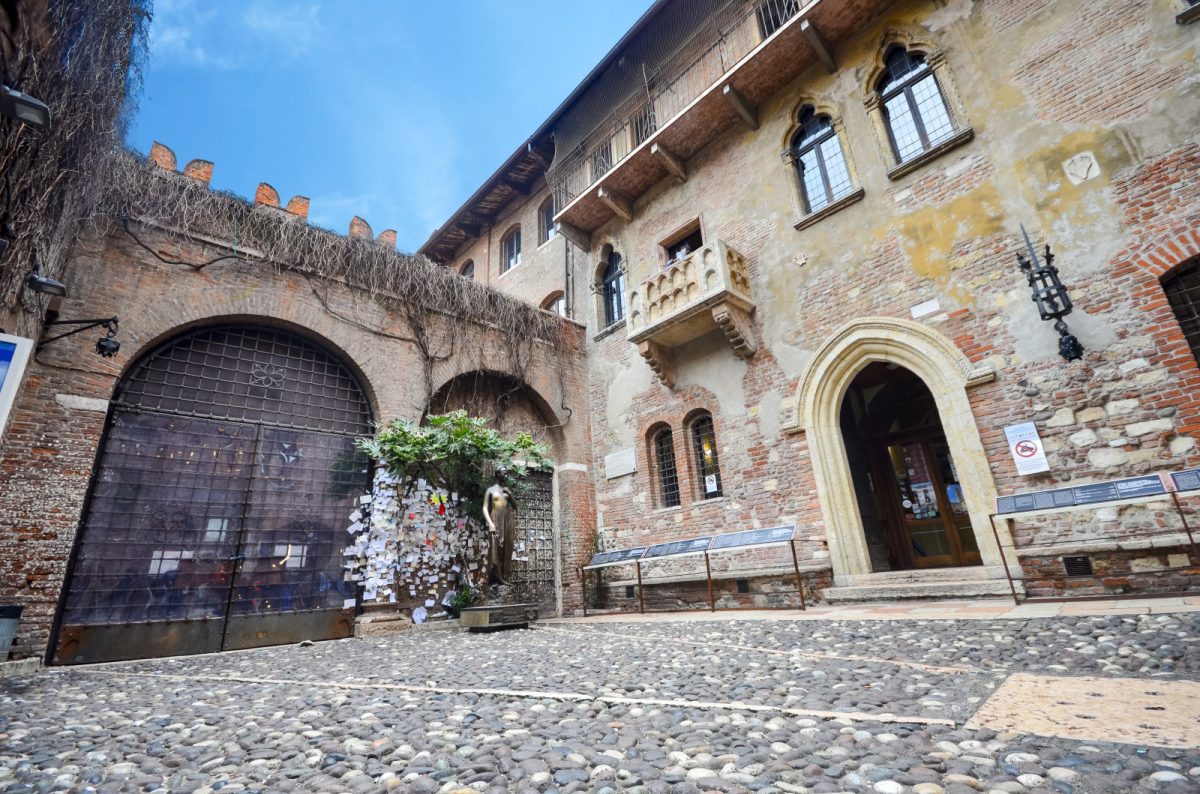
Verona is famously linked to Shakespeare’s Romeo and Juliet. Visitors flock to Juliet’s House to see the balcony and leave love notes. It’s touristy but fun.
The city also hosts a summer Shakespeare festival in its Roman amphitheater. It’s a magical experience to watch performances under the stars.
Florence has its literary heritage. The city inspired many writers, including Dante Alighieri. Fans can visit his former home, a museum dedicated to his life and works.
Culinary Delights
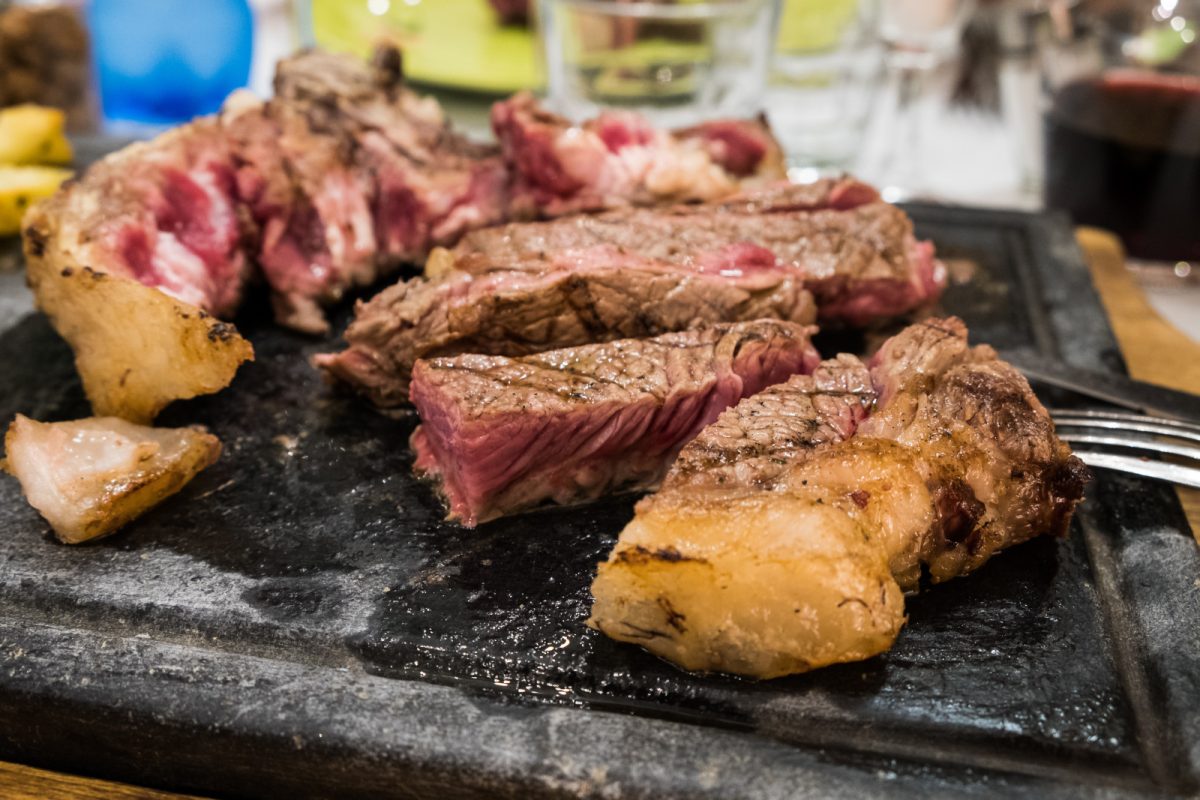
Both cities offer mouthwatering cuisine. Florence is known for its bistecca alla fiorentina, a massive T-bone steak. It’s pricey (around €50-60) but worth the splurge for meat lovers.
Verona’s specialties include risotto all’Amarone, which is made with local red wine. It’s rich and flavorful, perfect for cooler evenings.
Don’t miss the gelato in either city. Florence’s Gelateria dei Neri serves unique flavors like rose and lavender. In Verona, try Gelateria Savoia for classic Italian gelato.
Florence is also famous for its leather goods. The San Lorenzo market is great for bargains but beware of fake “Italian” leather.
See Related: Where to Stay in Italy for a Month: Top Unforgettable Destinations for Every Budget
Navigating the Cities
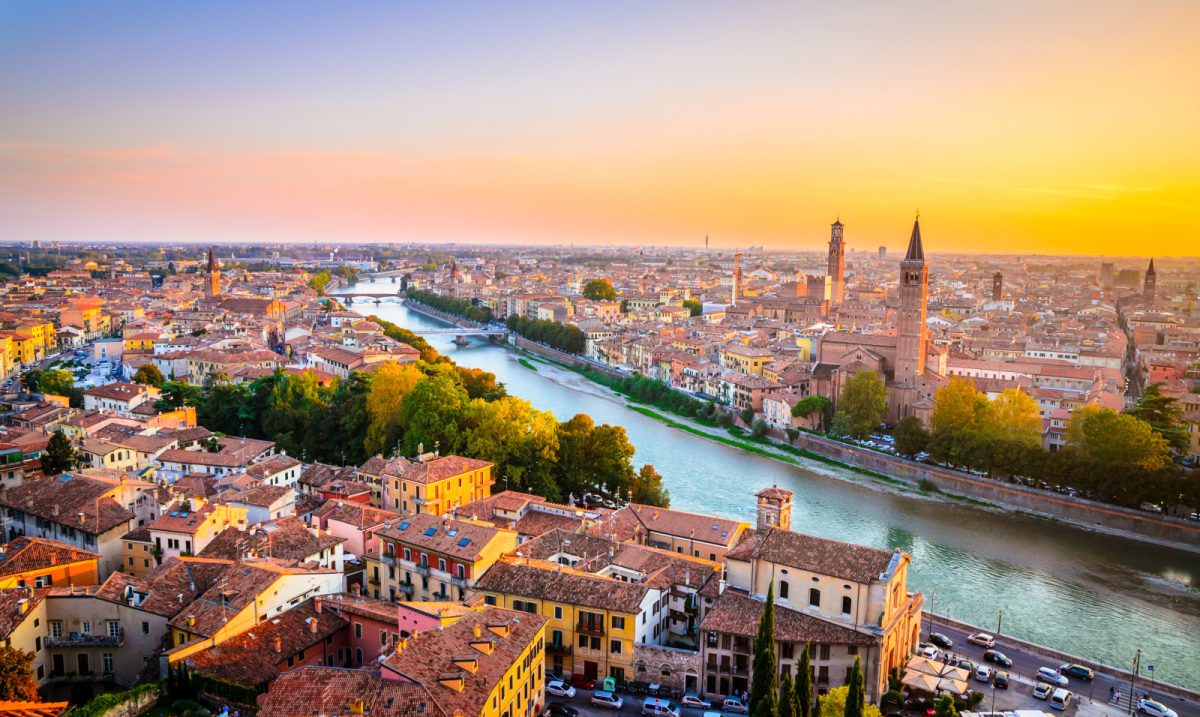
With their well-developed transport networks, getting around Verona and Florence is easy. Both cities offer convenient options for tourists and locals alike.
Public Transport Systems
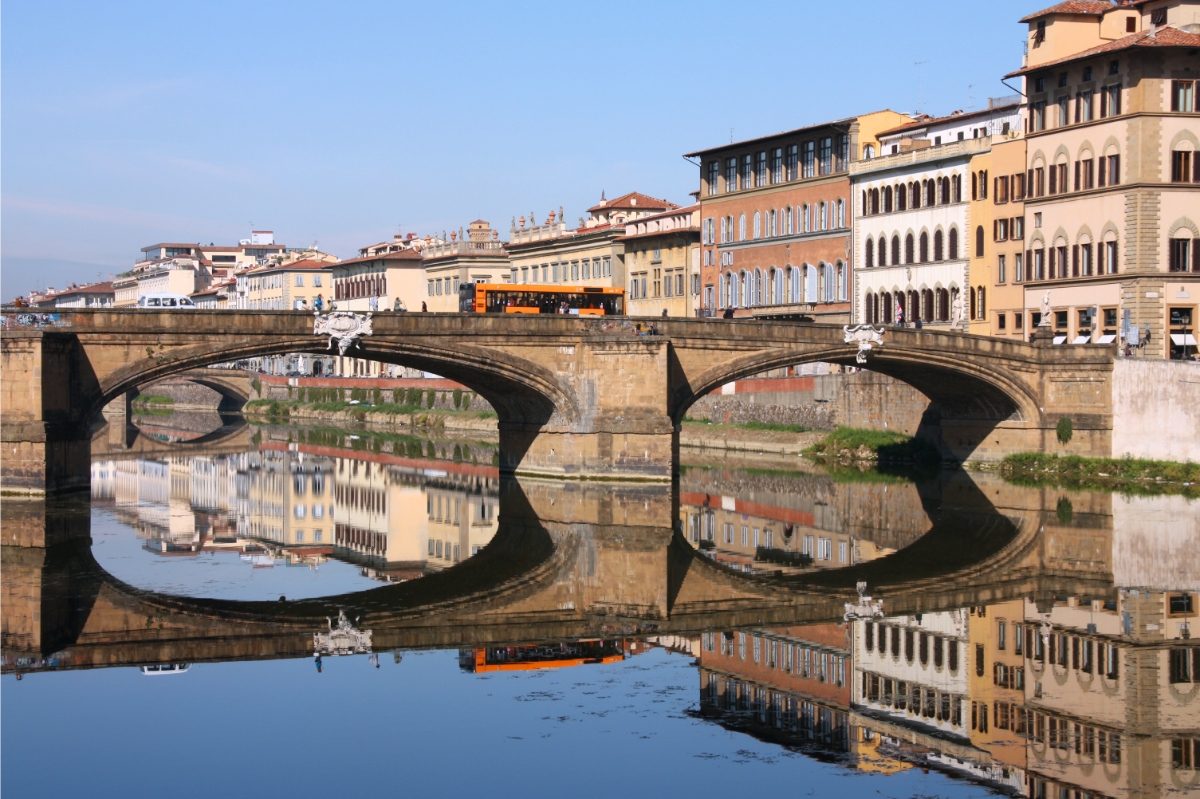
Verona’s bus system covers the city center and outskirts. Tickets cost about €1.30 for a single ride or €4 for a day pass. Buses run frequently from 5 a.m. to midnight.
Florence has a more extensive network of buses and trams. A 90-minute ticket costs €1.50, while a day pass is €5. The team is great for reaching popular spots like the Duomo and Ponte Vecchio.
Pro tip: Remember to validate your ticket in both cities when you board, or face hefty fines!
Walking and Bike Paths
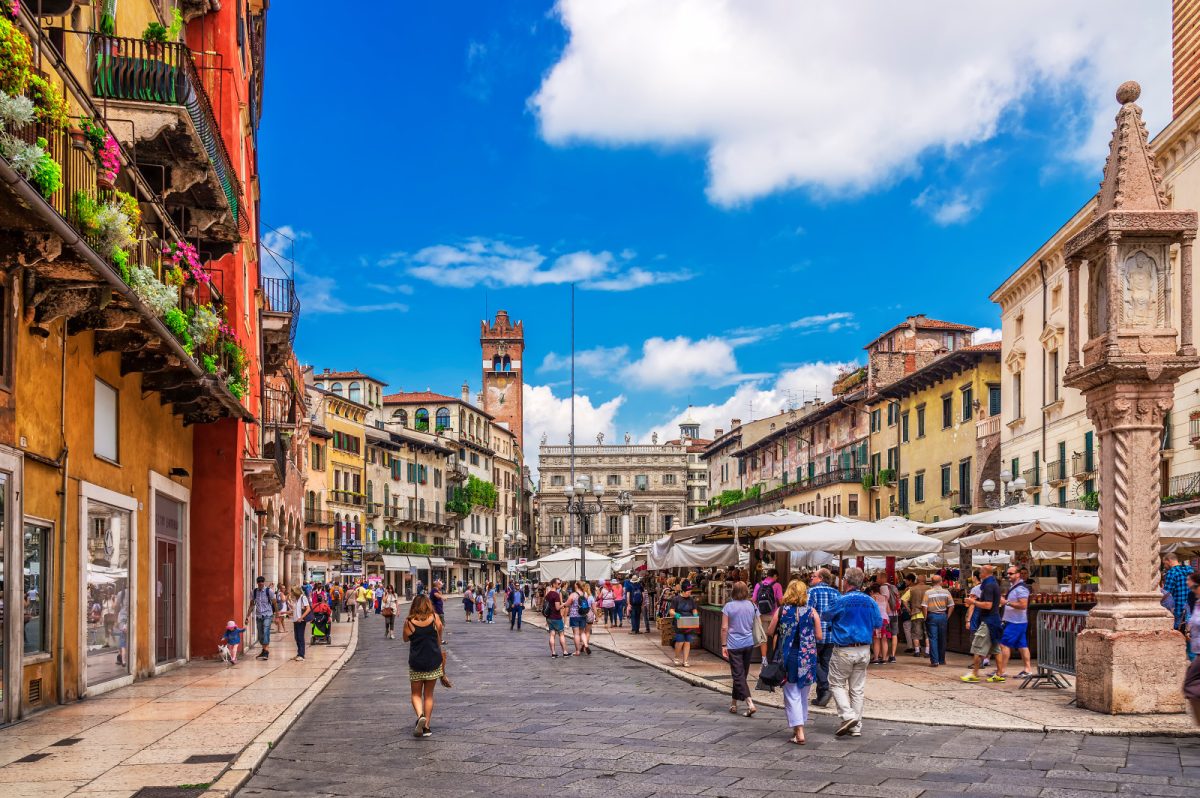
Verona’s compact historic center is perfect for exploring on foot. Most sights are within a 20-minute walk.
The city also has bike lanes and rental shops. A day’s bike rental costs around €15.
Florence is larger but still walkable. The riverside paths are lovely for strolls.
Bike sharing is popular here, too. You can grab a Mobike for €1 per 20 minutes.
Watch out for cobblestones in both cities – they can be tricky in heels!
Driving and Car Rentals

Driving in these cities can be tricky. Both have restricted traffic zones in the center.
Parking is scarce and expensive (€2-3 per hour). If you must drive, consider parking outside the center and taking public transport.
Car rentals start at about €40 per day. It’s better for day trips to Tuscan wineries or Lake Garda than city driving.
I received a €100 fine for accidentally entering Florence’s restricted zone. Learn from my mistake and use public transport!
Notable Attractions

Verona and Florence boast some of Italy’s most iconic landmarks. Both cities offer a wealth of architectural and cultural treasures that draw millions of visitors each year.
Verona’s Historic Marvels
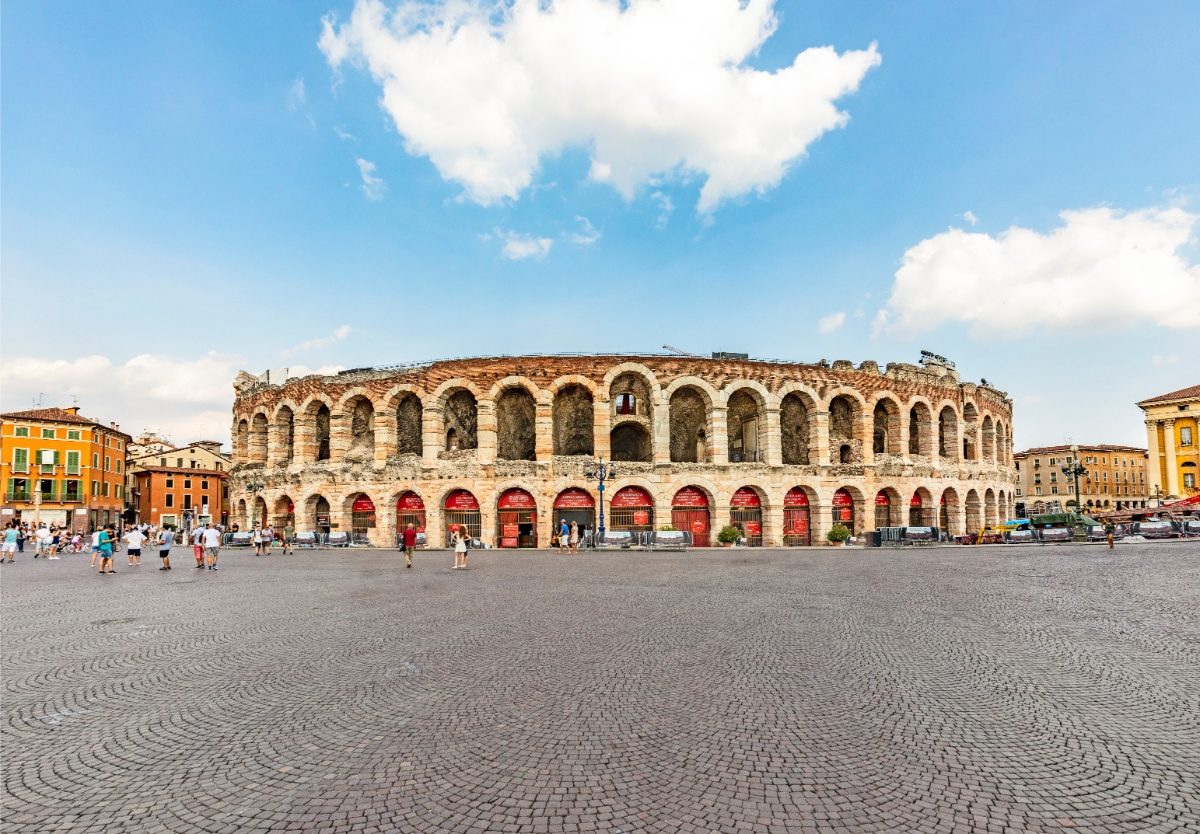
The Arena di Verona is a must-see. This ancient Roman amphitheater hosts spectacular opera performances in summer. Depending on the show and seats, tickets range from €20 to €250.
Castelvecchio is another gem. This medieval fortress now houses an art museum with works by Bellini and Mantegna. It costs €6 to enter, but it’s well worth it for history buffs.
Don’t miss Casa di Giulietta. While the Romeo and Juliet connection is mostly myth, the 14th-century house with its famous balcony is charming. It gets crowded, so visit early.
For great views, climb the 84-meter Lamberti Tower. It’s €8 to go up, but the panorama of Verona’s red roofs is stunning. Just watch out for the bells – they’re loud!
Florence’s Architectural Splendors
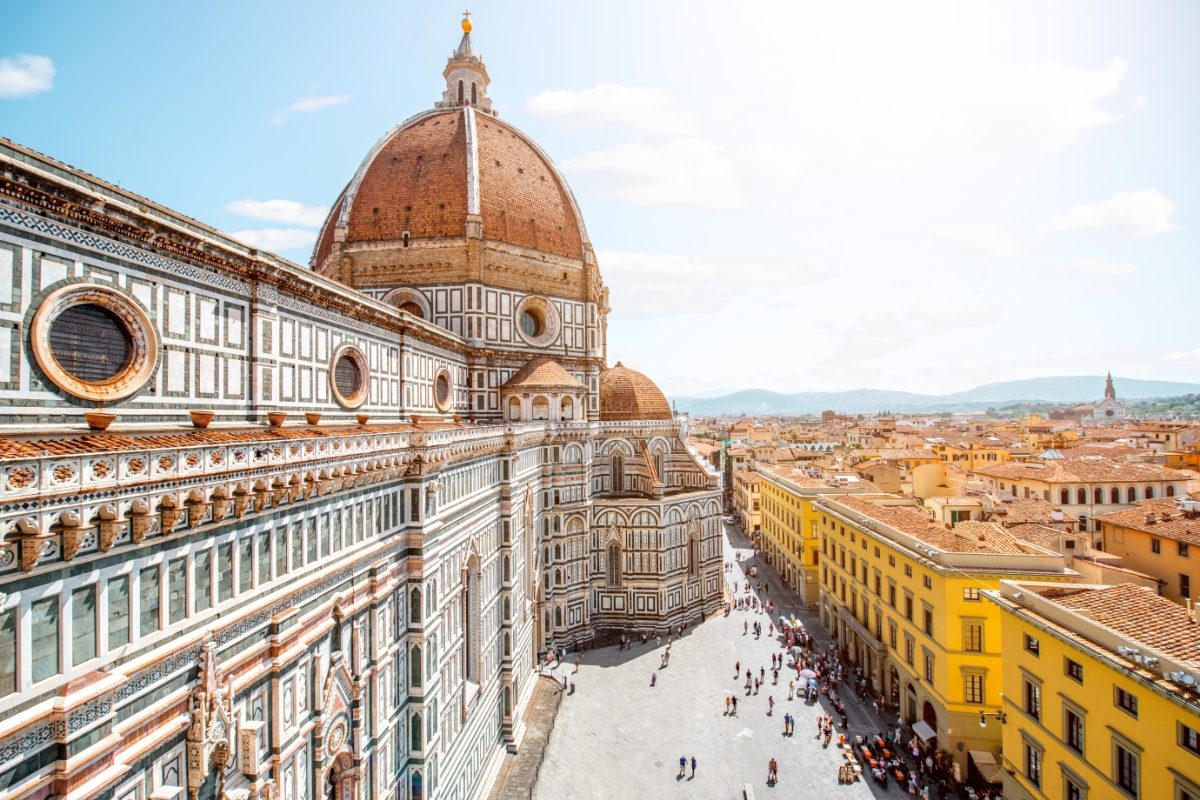
Florence’s crown jewel is the Duomo, Santa Maria del Fiore. Its massive dome dominates the skyline.
Climbing to the top is a workout (463 steps!), but the view is unbeatable. Book ahead online – it’s €20.
The Uffizi Gallery houses masterpieces by Botticelli, da Vinci, and more. It’s pricey at €20, but art lovers can easily spend a whole day here. Go early or late to avoid the worst crowds.
Ponte Vecchio is Florence’s iconic bridge. It’s lined with jewelry shops – window shopping is free, but bring your wallet if you want to buy!
For a peaceful escape, head to the Boboli Gardens behind Pitti Palace. It’s €10 to enter, but the sculptures and fountains make for a lovely afternoon stroll.
Recreational Activities
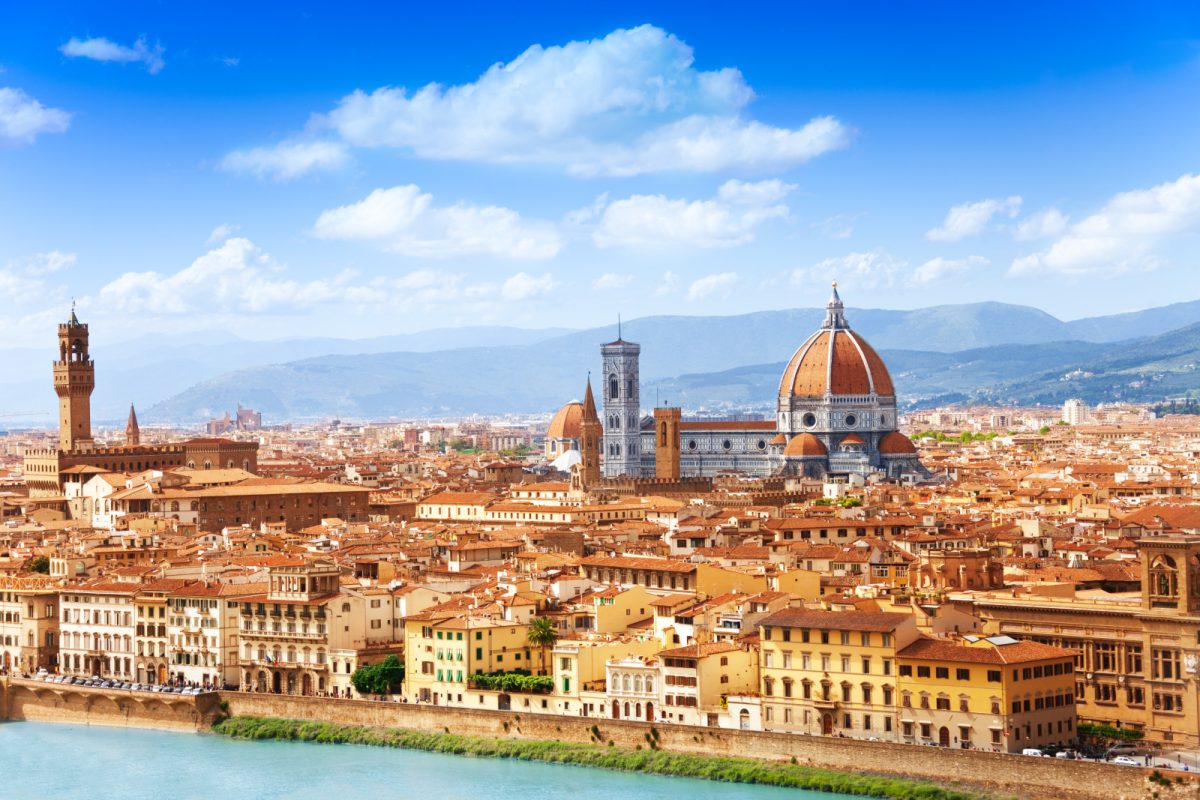
Verona and Florence offer a wealth of fun things to do, from exciting day trips to relaxing gardens and vibrant nightlife. Both cities provide unforgettable experiences for travelers seeking adventure or leisure.
Day Trips and Excursions
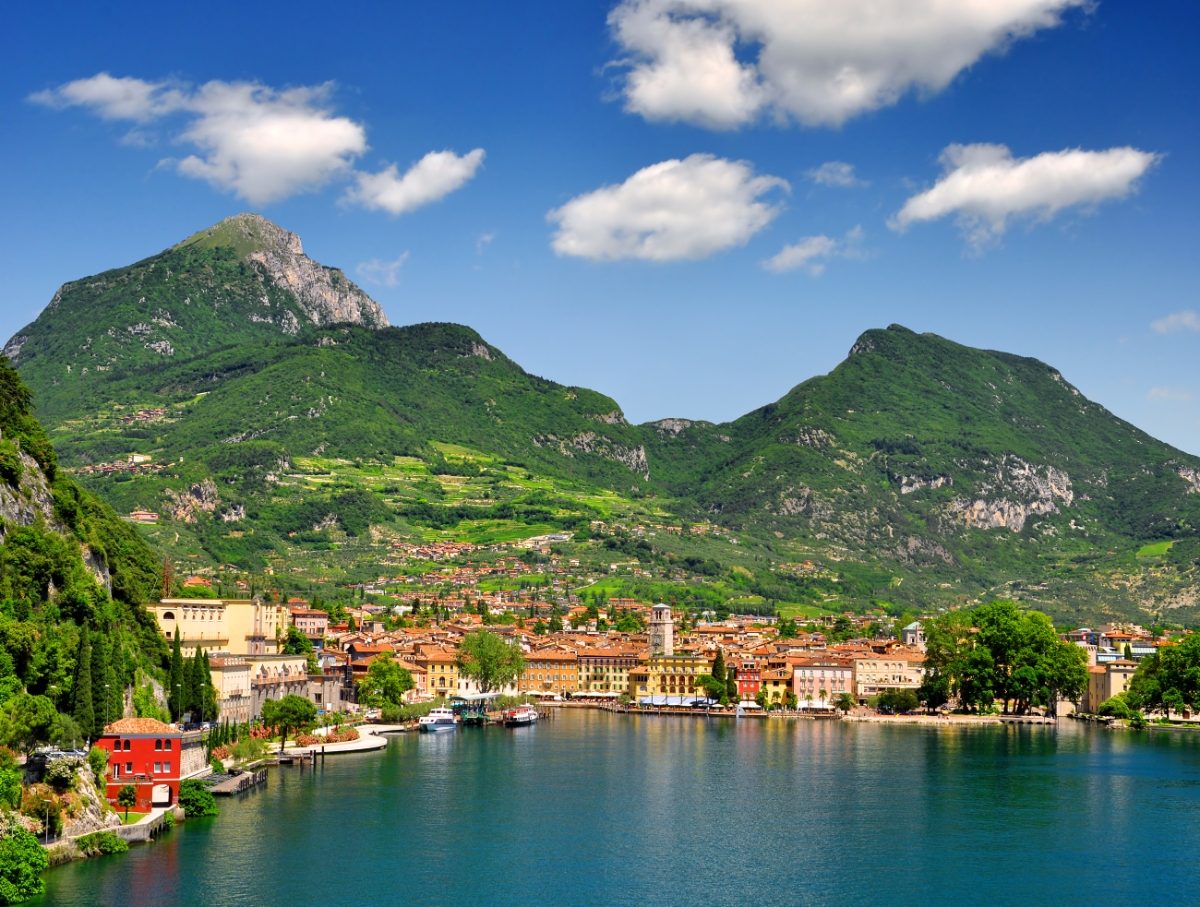
Verona’s prime location makes it perfect for exploring nearby attractions. Lake Garda, Italy’s largest lake, is just a 30-minute drive away.
Its crystal-clear waters are ideal for swimming, sailing, or windsurfing. The charming lakeside towns of Sirmione and Bardolino are must-visits.
Florence serves as an ideal base for Tuscan adventures. The iconic Leaning Tower of Pisa is only an hour away by train.
Wine lovers can’t miss a trip to the Chianti region, where rolling hills are dotted with vineyards and olive groves. Many tours offer wine tastings and scenic drives through the countryside. Prices for day trips vary but expect to pay around €50-100 per person for guided excursions from either city.
Gardens and Green Spaces
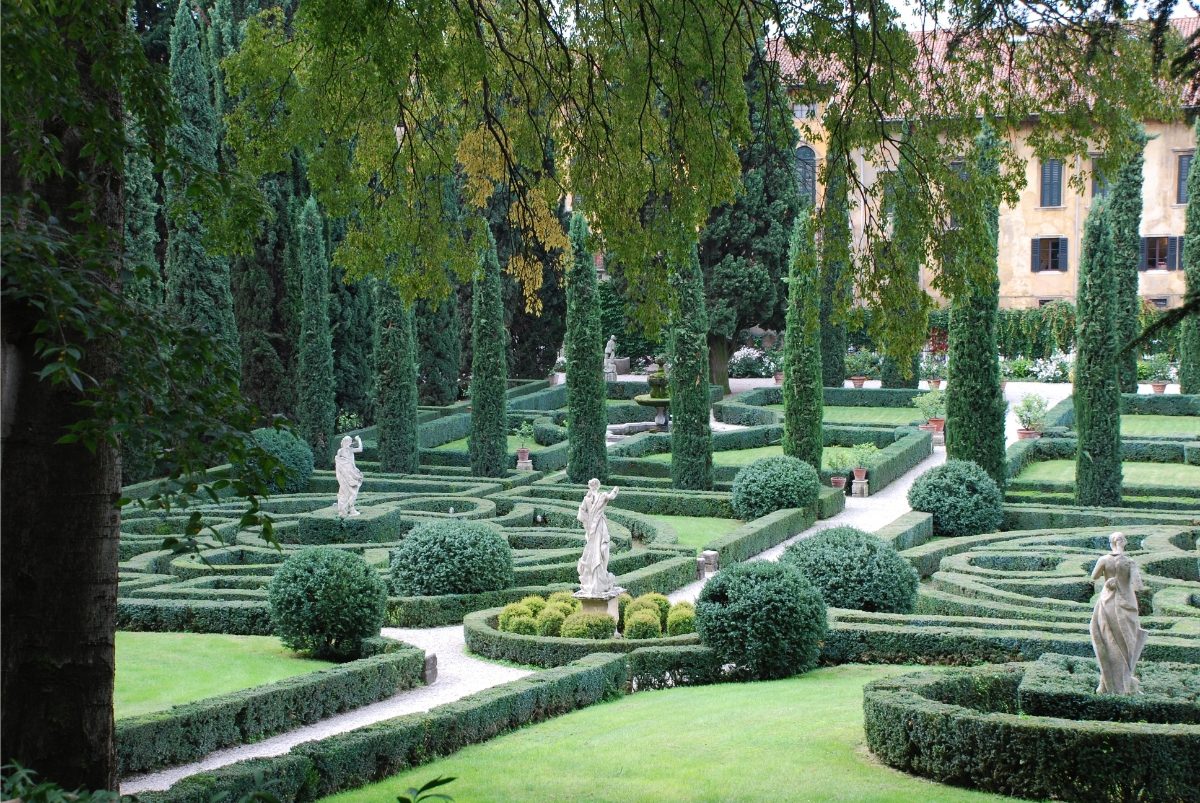
Verona boasts several lovely parks and gardens. Giardino Giusti, a Renaissance garden with mazes and grottos, offers stunning views of the city.
It’s a peaceful escape from the busy streets. Entry costs about €10.
Florence’s Boboli Gardens are a true masterpiece of landscape design. Visitors can wander through sculptures, fountains, and hidden grottos.
The gardens span 45 hectares behind Pitti Palace. Tickets are around €10 in summer, €6 in winter.
For a free option in Florence, head to the Rose Garden. It’s got amazing views of the city skyline.
Nightlife and Entertainment
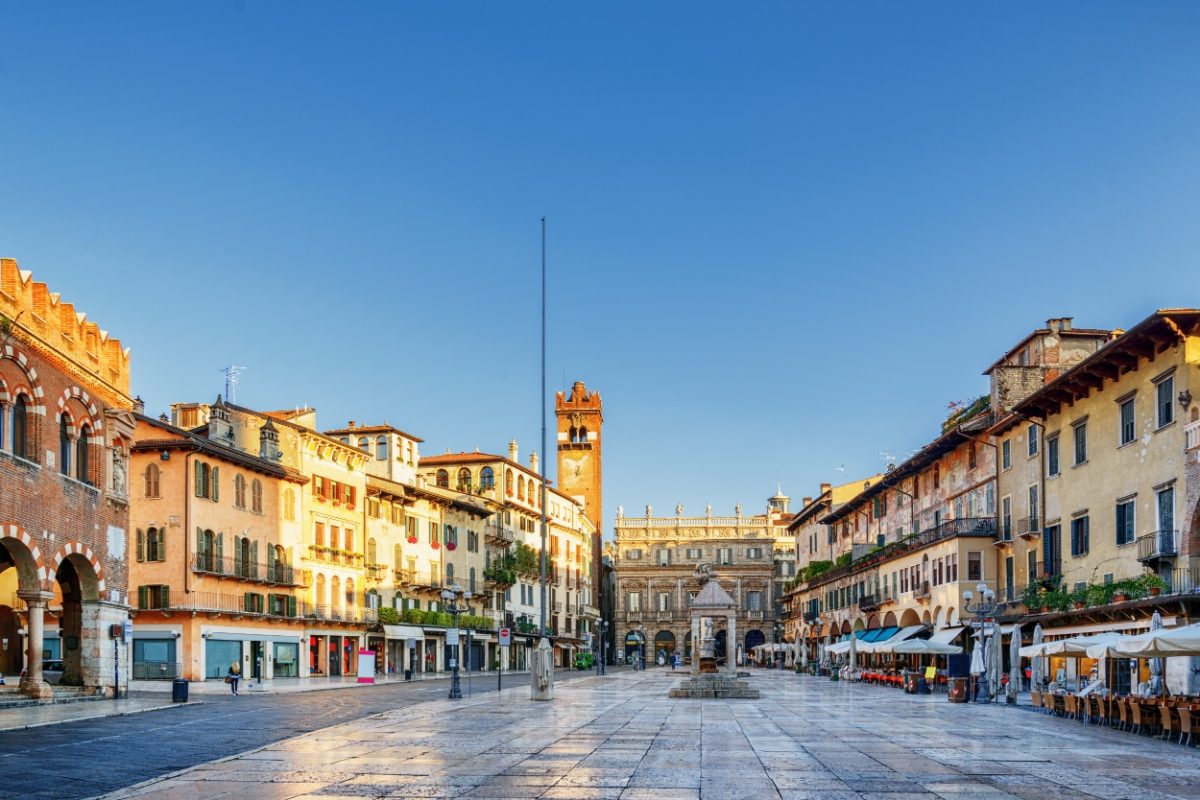
Verona’s nightlife centers around Piazza delle Erbe. This historic square comes alive after dark with bars and cafes.
Catch an opera at the Arena di Verona during the summer for a unique experience. Tickets start at €30.
Florence has a more diverse nightlife scene. The Santa Croce area is popular with students and younger crowds.
You’ll find everything from cozy wine bars to buzzing nightclubs. Don’t miss aperitivo hour – many bars offer buffets with drink purchases.
Both cities host summer festivals with outdoor concerts and events. Check local listings for up-to-date info on what’s happening during your visit to Italy.
See Related: Simple Steps for the Ultimate Relaxing Trip to Italy
Accommodation and Lodging
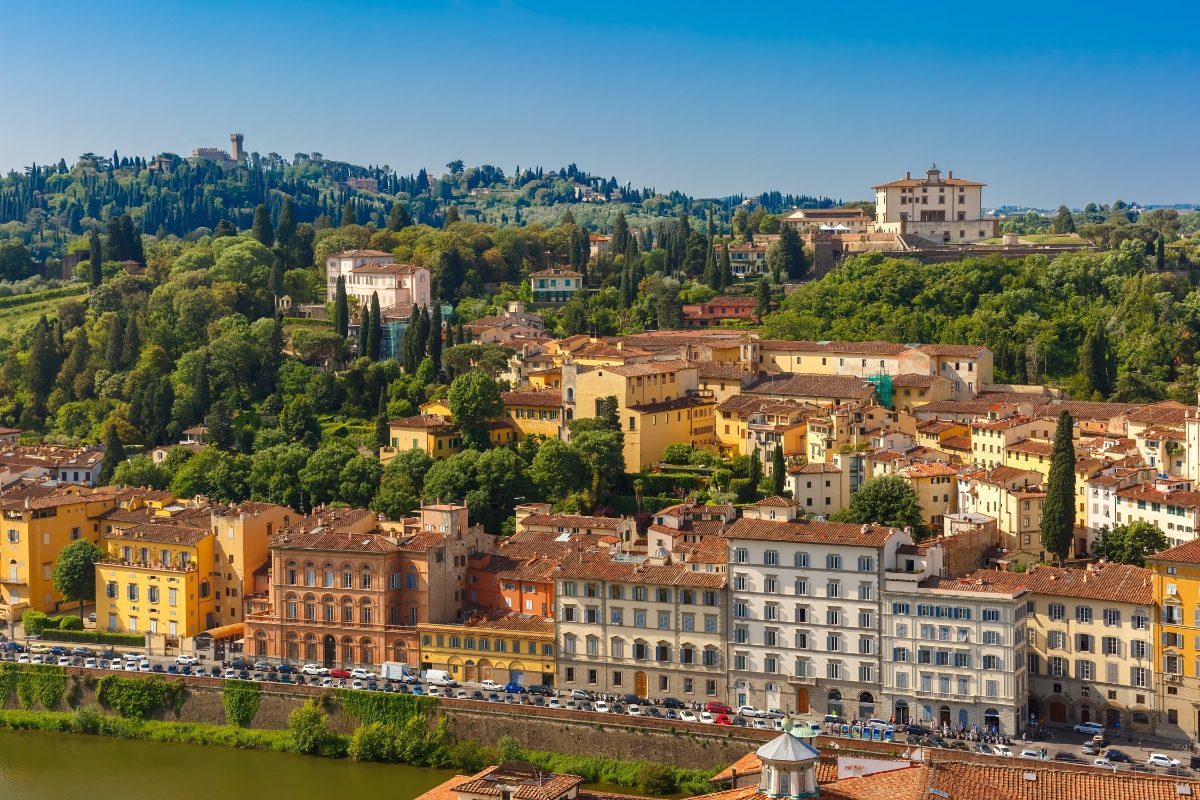
Verona and Florence offer a range of places to stay, from fancy hotels to budget-friendly options. Let’s look at some top choices for different types of travelers.
Hotels and Resorts
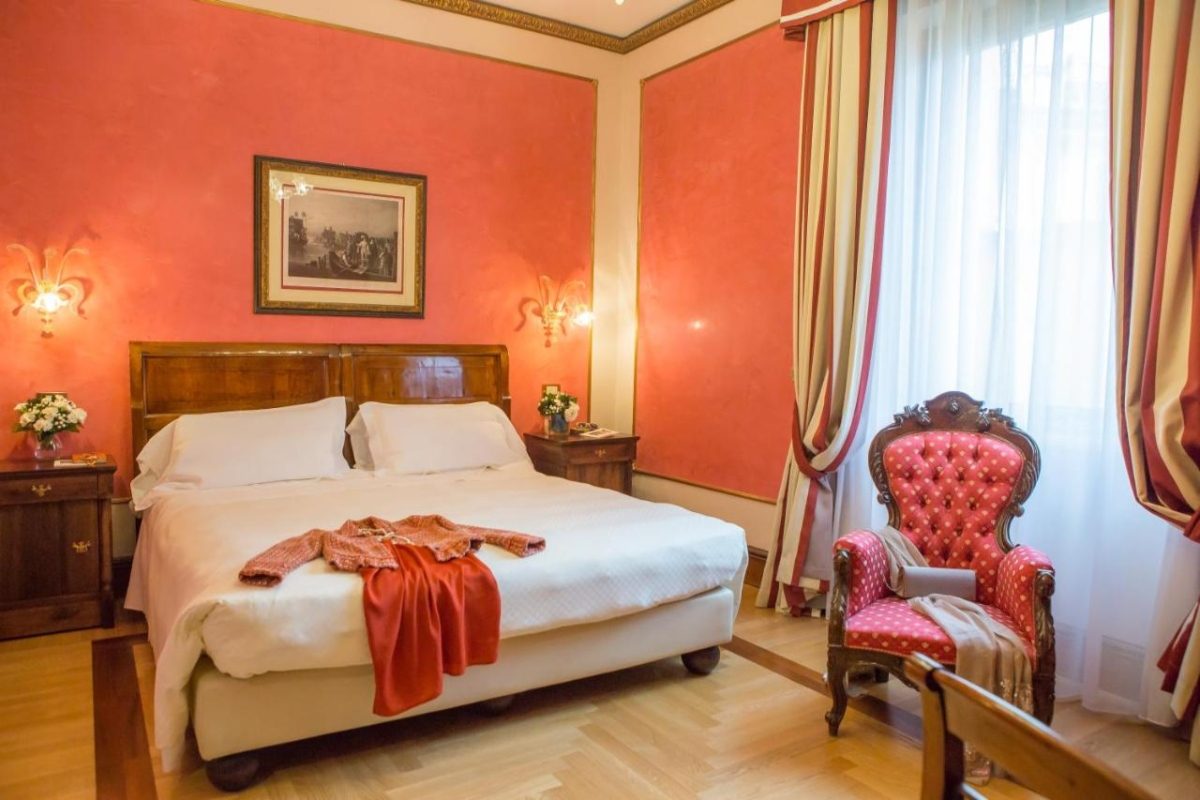
Verona’s hotels often have a romantic vibe, perfect for couples. The Due Torri Hotel is a 5-star gem near the city center. Rooms start at €250 per night.
For a mid-range option, try Hotel Accademia. It’s close to Juliet’s House and costs around €150 nightly.
Florence has some stunning hotels, too. The Four Seasons Hotel Firenze is set in a beautiful park. It’s pricey at €800+ per night, but wow! A more affordable choice is Hotel Pendini, near the Duomo.
Rates are about €120 per night. If you’re on a tighter budget, both cities have great 3-star hotels for €80-120.
Remember, prices go up in summer. Book early to get the best deals, especially in Florence, which gets super busy.
Budget Stays and Hostels
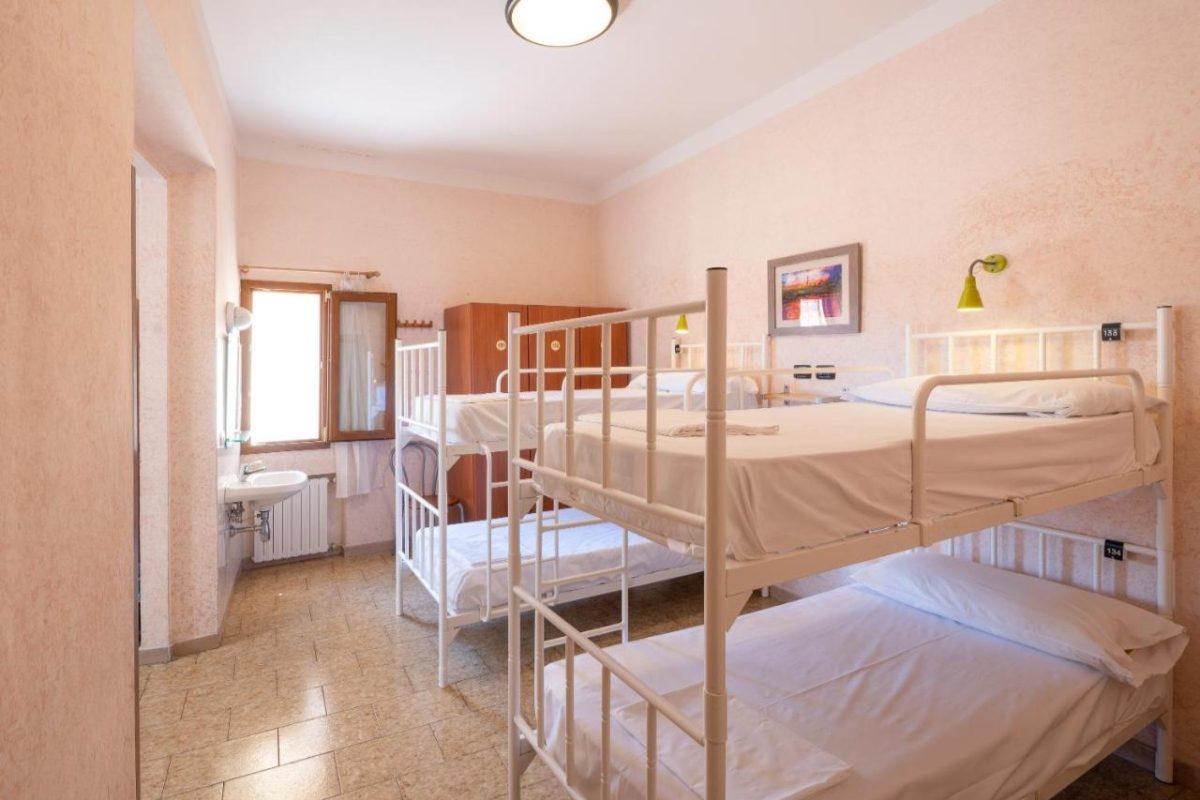
Backpackers and budget travelers will find good options in both cities. Verona has fewer hostels, but they’re often less crowded.
The Hostello is a top pick, with beds from €25 per night. It’s clean and has a nice vibe.
Florence has loads of hostels. Plus, it’s huge and fun, with beds from €20.
For a cozier feel, try Archi Rossi Hostel. It’s artsy and serves free dinner! Rates start at €30 for a dorm bed.
Both cities also have affordable B&Bs. These can be a great way to meet locals and get insider tips. Expect to pay €50-80 per night for a double room in a B&B.
Exclusive Retreats for Couples
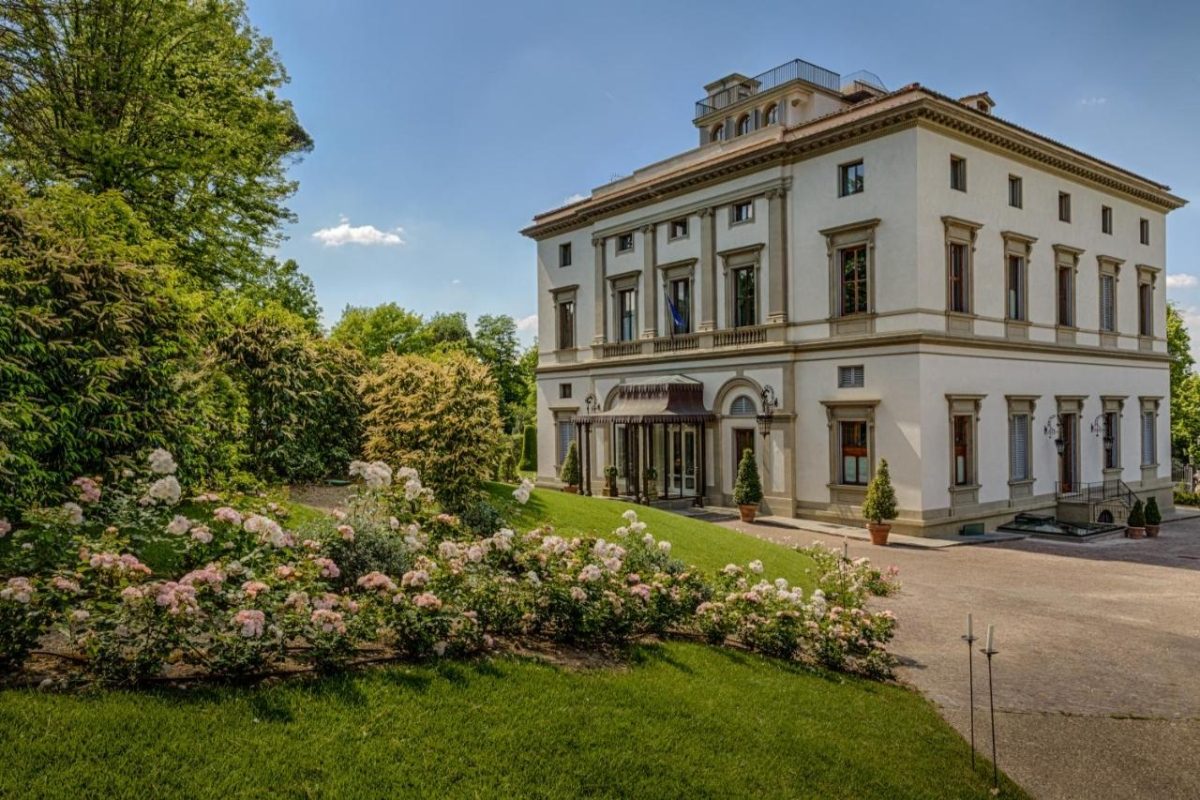
Lovebirds, listen up! Verona and Florence have some dreamy spots for a romantic getaway. Relais de Charme Il Sogno di Giulietta is next to Juliet’s balcony in Verona.
It’s like stepping into a fairytale. Rooms start at €350 per night.
Florence ups the ante with places like Villa Cora. This 19th-century villa is pure luxury.
Think chandeliers, frescoes, and a rooftop terrace with city views. Rates start at €500 per night.
Look for hotels with spas or rooftop bars for a splurge in either city. Nothing says romance like a massage followed by sunset cocktails! Just remember to book your Italy hotel well in advance for the best romantic spots.
Practical Information
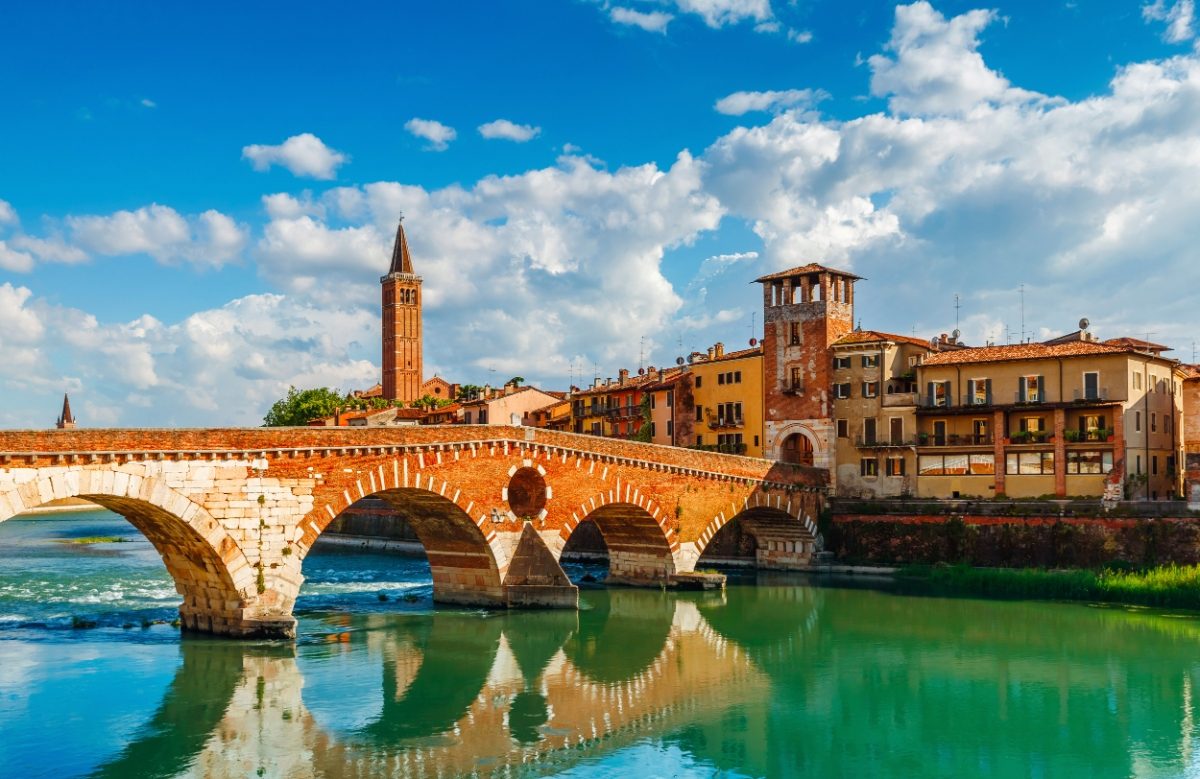
Traveling to Verona or Florence requires some practical know-how. Here’s what you need to know about these Italian gems’ weather, money matters, and local customs.
Weather and Climate
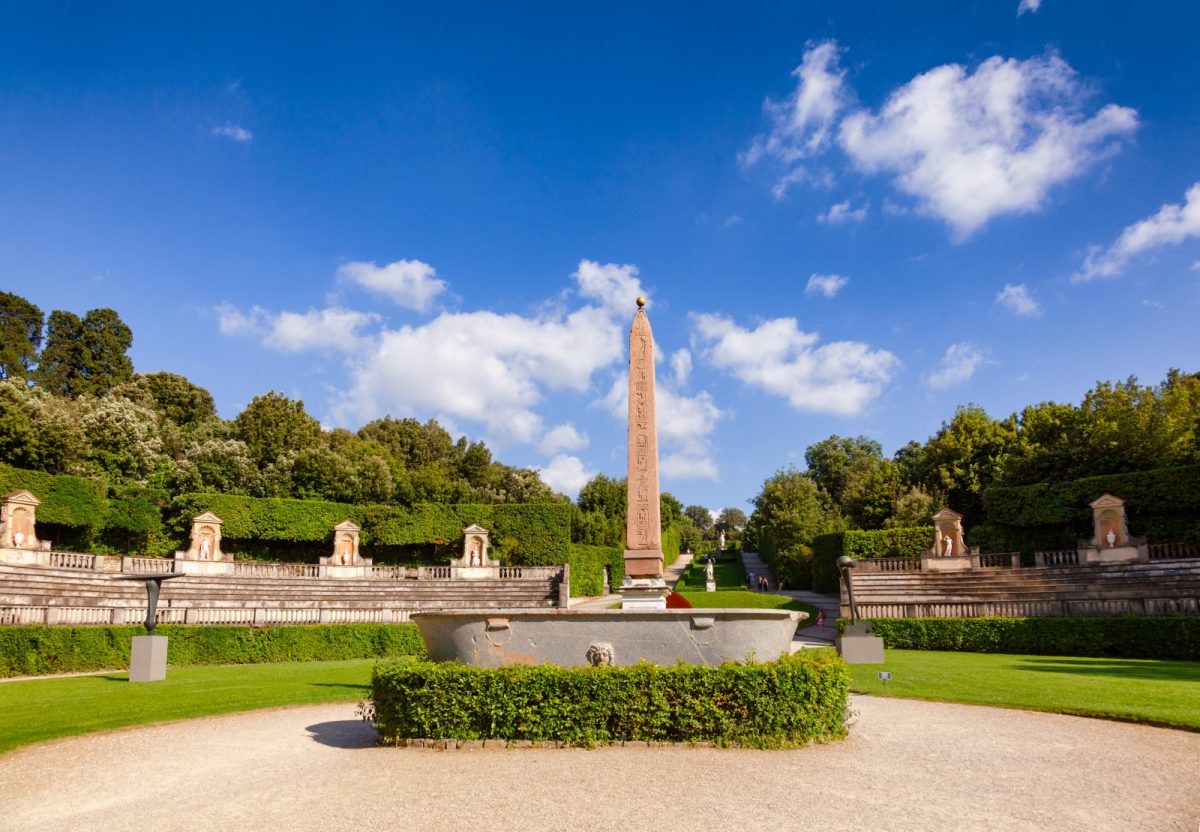
Verona and Florence have similar climates, but there are some key differences. Verona gets chilly in winter, with temps dipping to 0°C (32°F).
Summer highs hit 30°C (86°F). Florence is a tad warmer year-round.
Spring and fall are ideal times to visit both cities. You’ll dodge the summer crowds and enjoy pleasant weather. Pack layers – it can be cool in the mornings and evenings.
Verona sees more rain than Florence, especially in spring and fall. An umbrella or rain jacket is a smart addition to your suitcase. Florence can get muggy in summer, so light, breathable clothes are necessary.
Currency and Expenses

Italy uses the Euro (€). ATMs are easy to find in both cities. Credit cards are widely accepted, but some small shops and cafes prefer cash.
Florence tends to be pricier than Verona, especially for hotels and dining. A mid-range meal in Florence might set you back €25-35; in Verona, you’d pay €20-30.
Museum tickets in Florence can add up quickly. The Uffizi Gallery costs €20 in high season. Verona’s attractions are generally cheaper – Arena di Verona tickets start at €10.
Tip: Many museums offer free entry on the first Sunday of each month. Plan to save some euros!
Language and Etiquette

Italian is the main language in both cities. English is widely spoken in tourist areas, but learning a few Italian phrases goes a long way.
Greet locals with “Buongiorno” (good day) or “Buonasera” (good evening). “Grazie” (thank you) and “Per favore” (please) are essential.
Italians dress well, even for casual outings. Leave the flip-flops at the beach and opt for smart-casual wear in restaurants.
Tipping isn’t expected, but rounding up the bill or leaving a few euros for exceptional service is appreciated. In cafes, paying a bit extra to sit at a table rather than stand at the bar is common.
See Related: Iconic Honeymoon Destinations in Italy: Romance Across the Boot
Tourist Insights
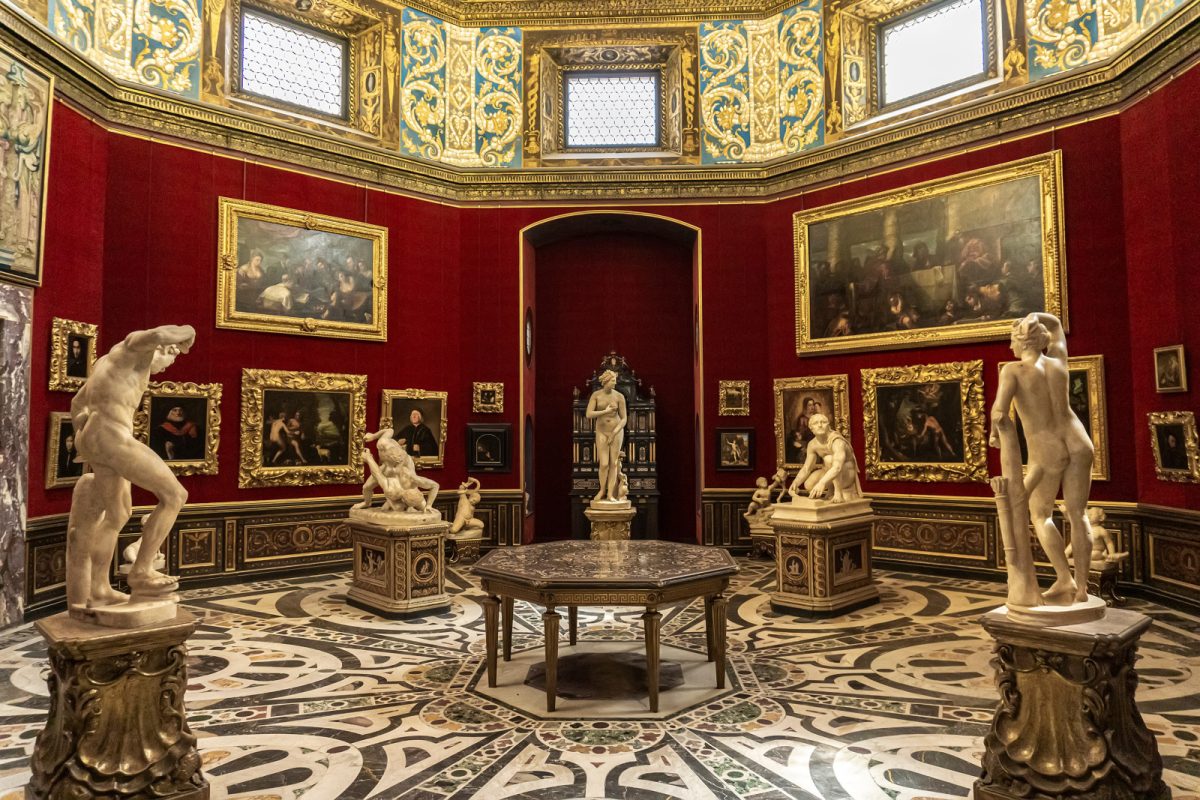
Verona and Florence offer distinct experiences for visitors. Each city has its charm, drawing tourists with unique attractions and ambiance. Let’s explore what travelers can expect in these Italian gems.
Peak Seasons and Crowds
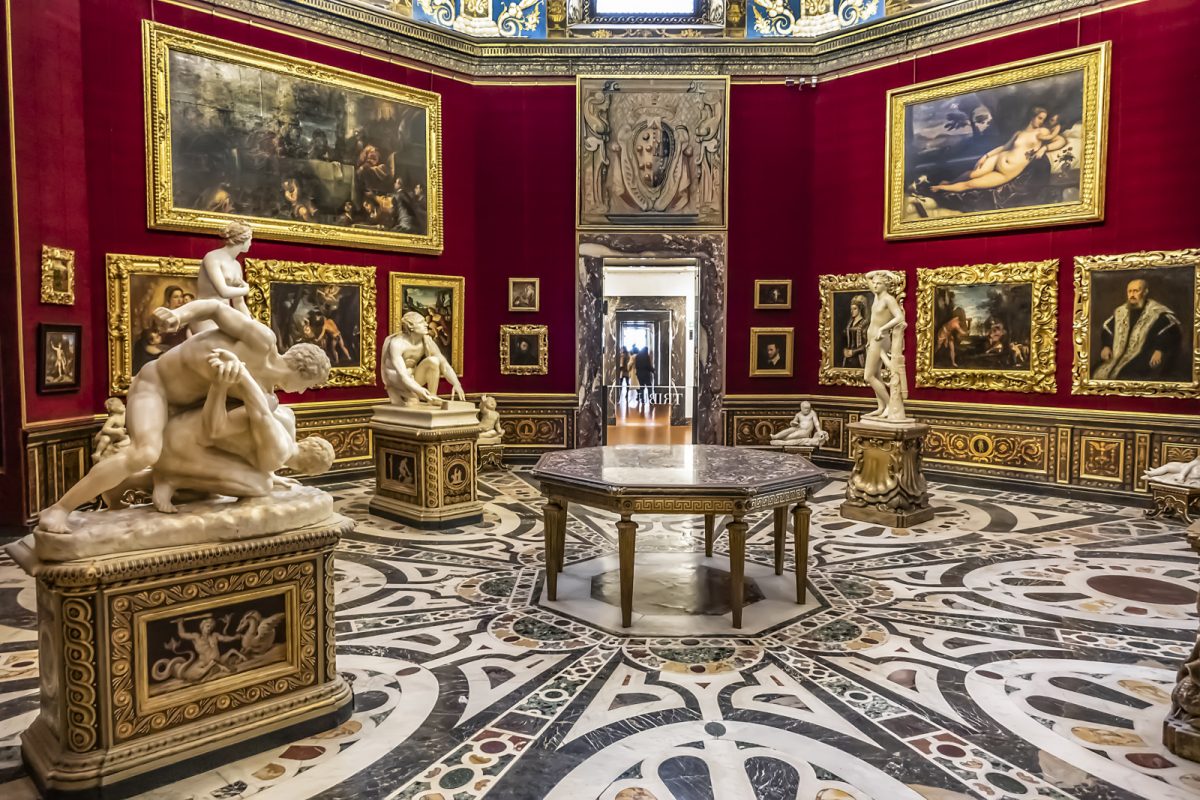
Florence bustles with tourists from June to August. The city’s narrow streets fill with people eager to see world-famous art.
Book tickets early for popular spots like the Uffizi Gallery. Crowds thin out in late fall and winter.
Verona gets busy in July and August. The city’s Roman Arena hosts operas, drawing music lovers.
Romeo and Juliet fans flock to Juliet’s House year-round. Spring and fall are great times to visit, with mild weather and fewer tourists.
Both cities can feel packed during Easter and Christmas. Plan and be ready for higher prices in peak season.
Authentic Experiences
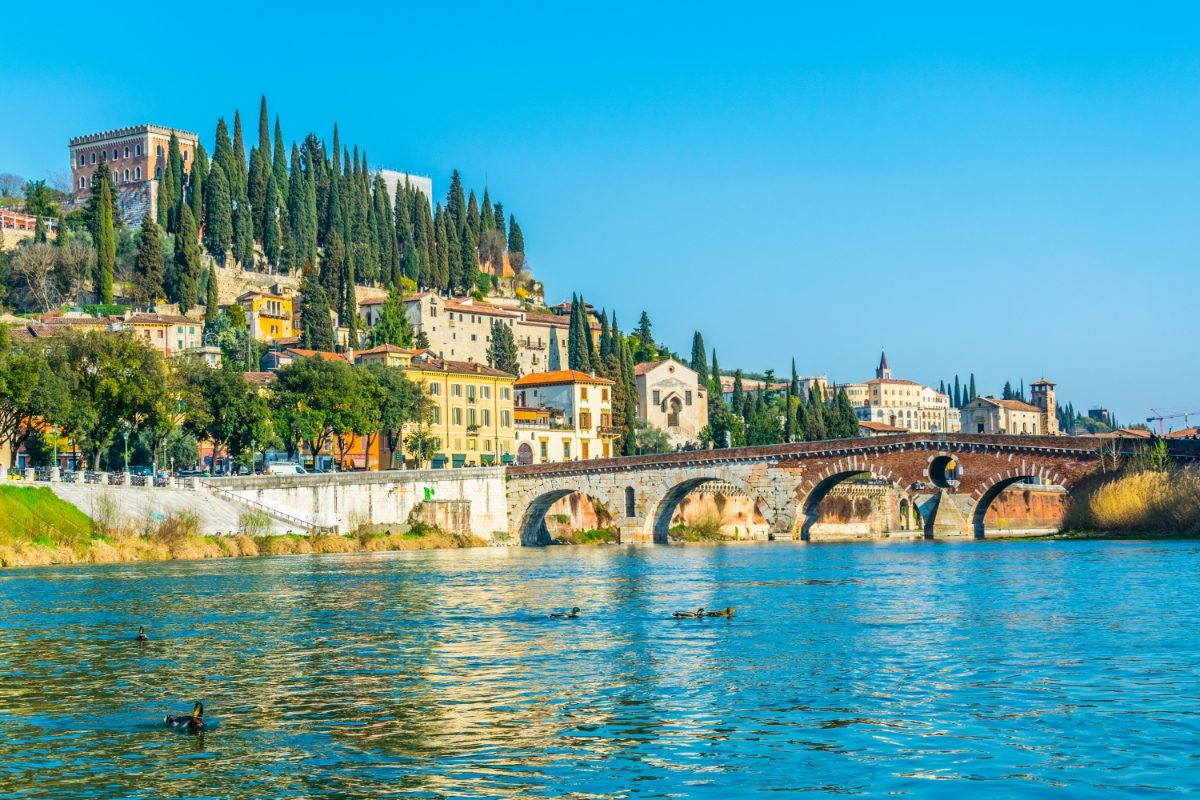
Florence offers a deep dive into Renaissance art and culture. Wander the Oltrarno district for a local vibe.
Try Tuscan dishes in small trattorias away from tourist hot spots. Visit the San Lorenzo market to see locals shopping for fresh produce.
In Verona, stroll through the charming Old Town, sip wine at a cafe in Piazza delle Erbe, watch the sunset from Castel San Pietro for amazing views, and join locals for aperitivo along the Adige River.
Both cities come alive during festivals. Florence’s Calcio Storico in June is a wild sight. Verona’s opera season in the Arena is unforgettable.
Souvenirs and Shopping
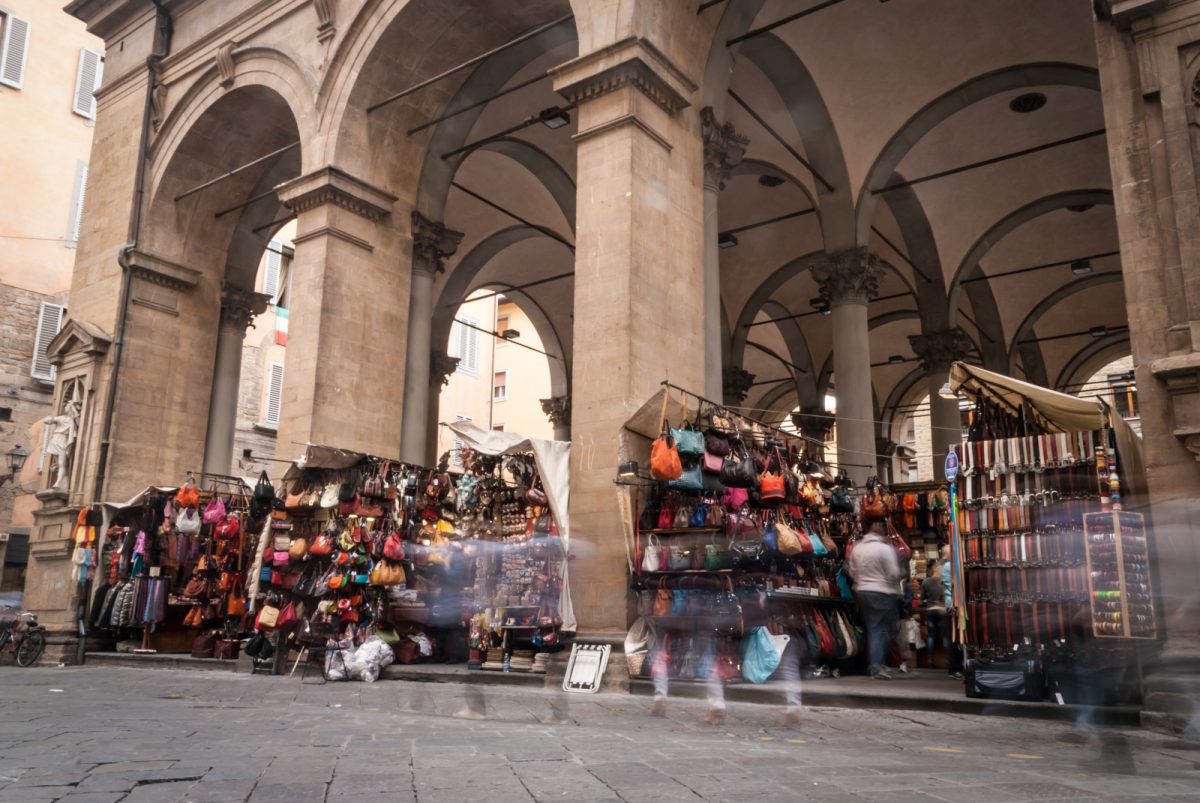
Florence is famous for leather goods. Visit the San Lorenzo market for wallets, bags, and jackets.
Be sure to bargain. The city also offers great fashion, with designer boutiques and local artisans.
Verona’s Old Town has charming shops. Look for local wines, especially Valpolicella and Amarone.
Handmade pasta and olive oil make great gifts. Romeo and Juliet-themed souvenirs are popular but often touristy.
Both cities have excellent food markets. Buy local cheeses, cured meats, and sweets to take home. Remember, authentic Italian products make the best souvenirs.
Frequently Asked Questions
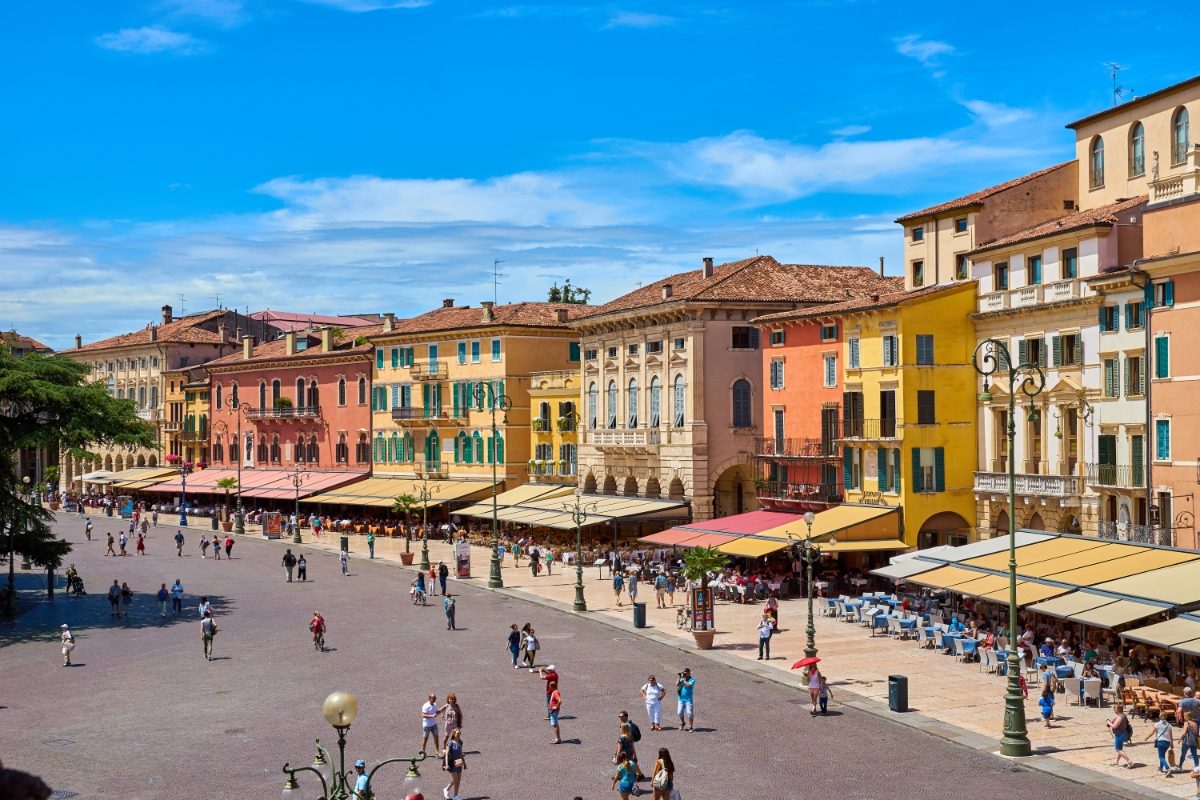
Travelers often wonder about key differences between Verona and Florence. Let’s explore common questions to help you decide which city suits your Italian adventure better.
What are the top attractions to visit in both Verona and Florence?
Verona has that Romeo and Juliet vibe. You can’t miss Juliet’s balcony—it’s super touristy but fun.
The Arena di Verona is pretty awesome, too. It’s this massive Roman amphitheater where they still put on operas in the summer.
Florence is packed with Renaissance treasures. The Duomo Cathedral is mind-blowing – that dome is huge! The Uffizi Gallery is a must for art lovers.
You could spend days in there gawking at all the masterpieces. And don’t forget Michelangelo’s David at the Accademia.
How do the cultural experiences differ between Florence and Verona?
Verona feels more laid-back and local. You can wander the pretty streets and piazzas without tons of crowds.
The vibe is very Romeo and Juliet romantic. There’s a great opera in summer at the Arena.
Florence is Renaissance central. It’s got world-class museums bursting with art.
The whole city feels like an open-air museum. It’s busier and more touristy than Verona. But the cultural scene is hard to beat if you’re into art and history.
What is the best time of year to visit Verona and Florence?
Spring and fall are lovely in both cities. April to June and September to October have nice weather and fewer crowds.
July and August can be hot and packed with tourists.
Verona’s opera season runs from June to September. Seeing a show in the ancient arena on a warm summer night.
Florence gets crazy crowded in summer. Winter can be chilly, but you’ll have more museums to yourself.
Can you compare the culinary scenes in Verona and Florence?
Verona has great rustic cuisine. Try some bigoli pasta or risotto all’Amarone made with local wine. The city is famous for its horsemeat dishes if you’re feeling adventurous.
Florence is all about Tuscan classics. Bistecca alla fiorentina is a must – it’s a huge T-bone steak.
Ribollita soup and crostini are yummy, too. Both cities have awesome gelato. I still dream about the pistachio flavor I had in Florence.
How do travel connections between Verona and other Italian cities like Venice and Bologna compare?
Verona is a great location for exploring northern Italy. By train, you can get to Venice in about an hour.
Bologna is only 50 minutes away, and Milan is less than two hours away by high-speed train.
Florence is well-connected, too. It’s right in the heart of Tuscany.
Pisa’s just an hour away. Rome’s about 90 minutes on the fast train. You can easily do day trips to Siena or San Gimignano.
Are there significant differences in value or experience between staying in Verona and Florence regarding accommodation?
Verona tends to be a bit cheaper for hotels. You can find some lovely B&Bs in converted old palazzos.
Staying near the arena puts you right in the heart of things.
Florence has tons of options, but prices are higher.
If you can, splurge on a room with a view of the Duomo. The Oltrarno area across the river is more affordable and has a cool, artsy vibe.

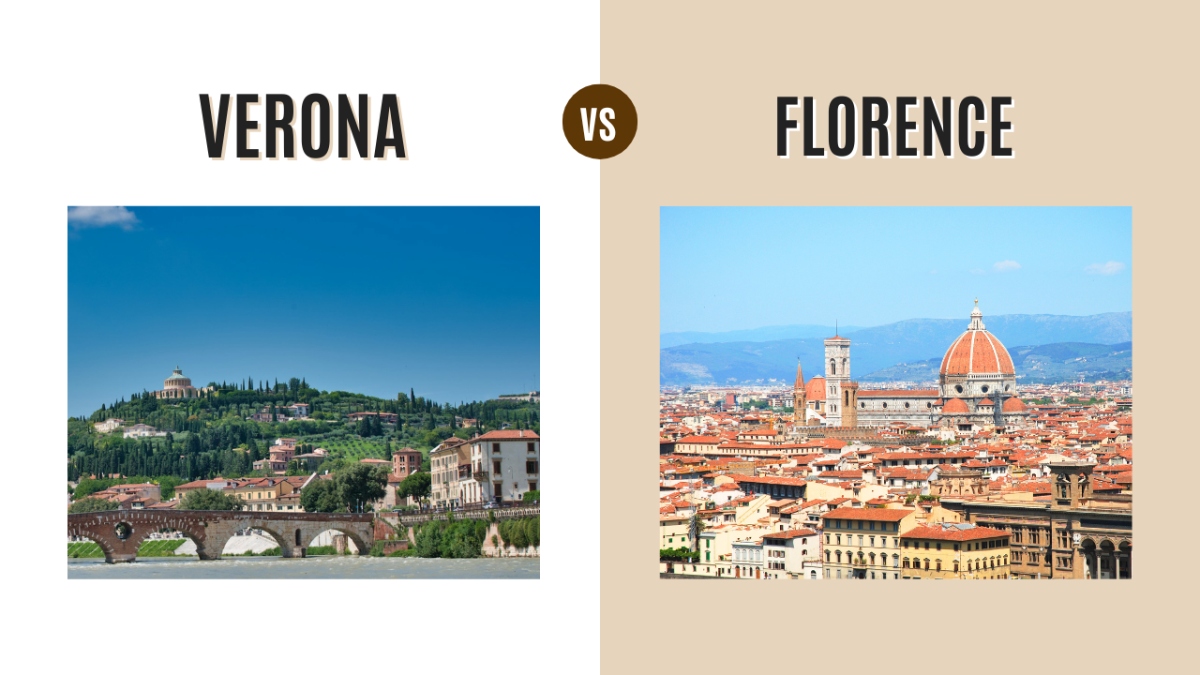
0 Comment